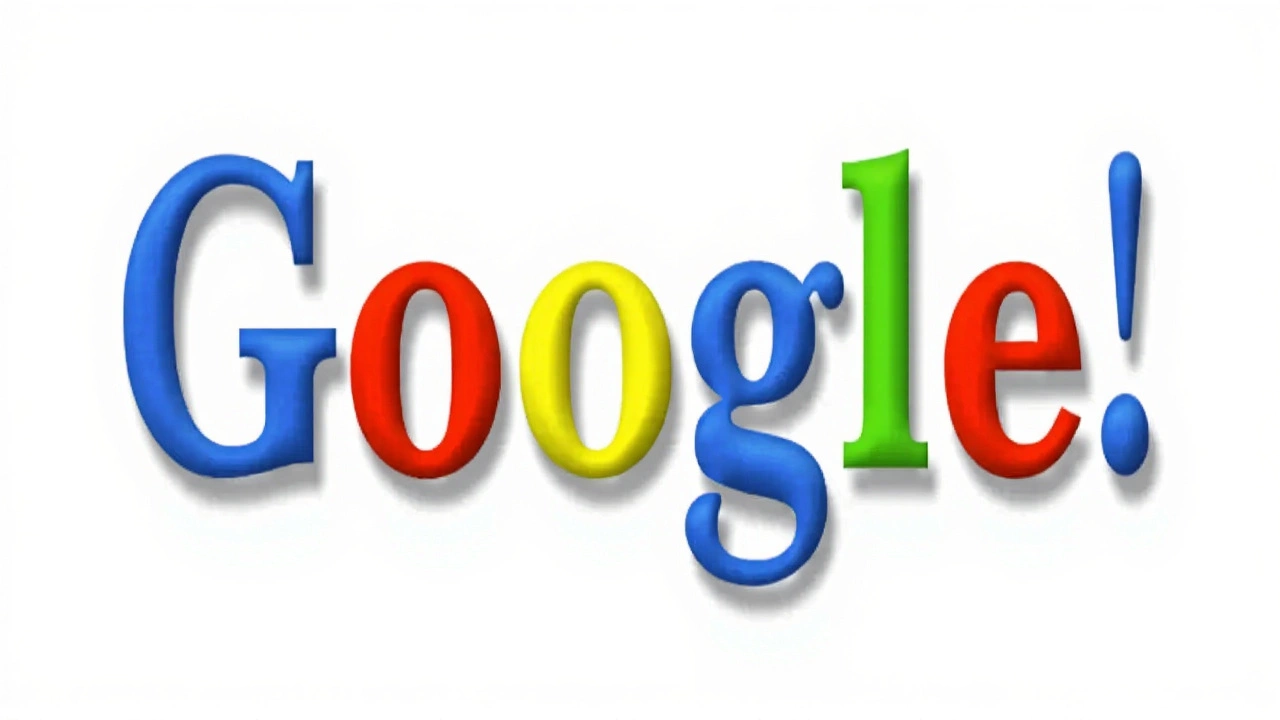The Doodle That Turned Back Time
When users opened their browsers on September 27, 2025, they were greeted by a clean‑cut version of the search engine’s very first visual identity – the multicolored, slightly tilted serif that graced the home page in 1998. Google’s holiday Doodle, a staple of the company’s brand playbook, deliberately swapped the sleek modern logo for its nostalgic predecessor, turning a routine homepage into a quick history lesson.
This <strong>Google birthday</strong> was more than a gimmick. It reminded millions that the tech behemoth began as a research project in a Stanford dorm room, staffed by two PhD students and a $100,000 check from Sun Microsystems co‑founder Andy Bechtolsheim. The original logo, designed by Brazilian‑born architect Ruth Kedar, embodied the playful, experimental spirit that still informs the company’s culture.
Kedar’s story is as colorful as the logo itself. Born in Campinas, Brazil, in 1955, she moved to Israel at 16, learning a new language while honing a love for mathematics and art. Those interests led her to study architecture, eventually opening her own studio before migrating to the United States for further education. In 1999, Google approached her to create a visual mark that would distinguish the search engine from competitors. Her choice of a simple wordmark with a distinct, whimsical font and a palette of primary colors became an instant classic.

From Garage to Global Giant
While most internet users now associate Google with a sleek, minimalist logo, the company’s journey has been anything but linear. After the initial public launch in 1998, the search engine quickly attracted attention for its speed and relevance, leading to rapid growth and an expanding suite of services. By the mid‑2000s, Google had rolled out Gmail, Google Maps, and the acquisition of YouTube, each product adding a new dimension to the brand’s ecosystem.
In 2015, Google reorganized under a new holding company, Alphabet Inc., to give its many ventures more operational freedom. This restructure separated the core search and advertising business from “moonshot” projects like self‑driving cars and health‑tech research. Although co‑founders Larry Page and Sergey Brin stepped back from day‑to‑day management, they retained voting control through a special class of shares, ensuring they could still steer the company’s long‑term vision.
Today, under CEO Sundar Pichai, Google’s portfolio spans hardware, software, and cutting‑edge AI. The following list captures just a slice of the offerings that now sit under the Alphabet umbrella:
- Gmail – over 1.5 billion active users worldwide.
- YouTube – the dominant video platform with more than 2 billion monthly logged‑in users.
- Google Maps – a navigation staple for drivers, walkers, and cyclists.
- Android – the world’s most popular mobile operating system.
- Pixel phones – Google’s hardware flagship with an emphasis on AI‑driven photography.
- Google Cloud – enterprise‑grade infrastructure competing with AWS and Azure.
- Gemini – the latest AI suite that powers everything from Search enhancements to generative text tools.
Each of these products traces its roots back to the original mission: to organize the world’s information and make it universally accessible. The 27th birthday Doodle, with its retro logo, serves as a visual reminder that the company’s aspirations have always been ambitious, even when the design was hand‑drawn on a kitchen table.
The decision to celebrate on September 27, rather than the official incorporation date of September 4, has puzzled observers for years. Company lore suggests the later date aligns with a critical milestone in web indexing achieved in the early 2000s, a period when Google began outperforming competitors in both speed and relevance. Whatever the exact reason, the date has become part of the brand’s mythology, a recurring checkpoint for both employees and users to reflect on progress.
As the Doodle faded back into the standard logo after a day, the impact lingered. Social media users shared screenshots, reminisced about first‑time searches, and lauded Kedar’s design legacy. In tech circles, the event sparked renewed interest in the company’s early culture, from the quirky office décor to the famous “Don’t be evil” motto that once adorned the headquarters wall.
Looking ahead, Google’s roadmap appears focused on deepening AI integration across its services, expanding hardware offerings, and leveraging its vast data troves to power new user experiences. The modest 1998 logo, however, remains a potent symbol of how a simple idea can snowball into a worldwide institution.

